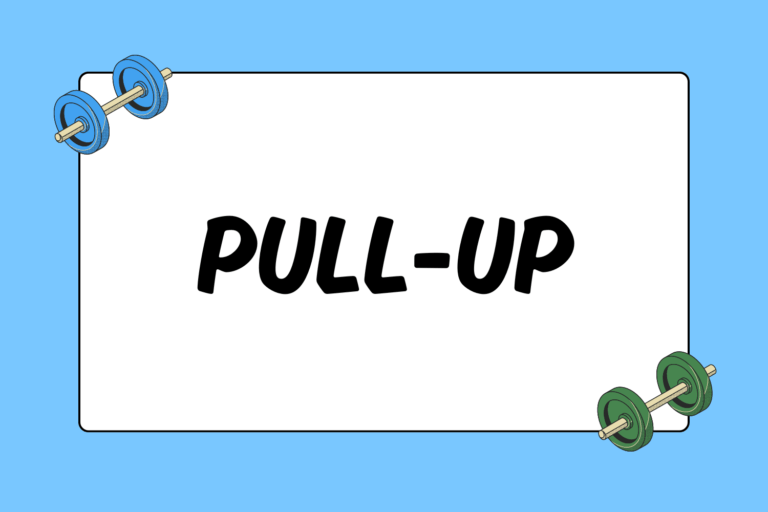Whether you are lifting weights or lifting bags of groceries, you’re using your shoulders. In order to maintain and increase the flexibility and mobility in your shoulders, as well as to prevent shoulder injuries, stretching should be a part of your regular routine.
Over time, repetitive use of your shoulders — whether during weightlifting or day-to-day activities — can cause injuries and decrease the mobility throughout your shoulder joints. If you are experiencing a loss of mobility in the shoulder, there are steps you can take to get healthier. Keep reading for tips on how to increase the flexibility and range of motion in your shoulders.
The Benefits of Shoulder Stretching
The simple flexibility exercises outlined below will help you stretch every part of the shoulder muscle: The posterior deltoid, anterior deltoid, medial deltoid, and trapezius. These exercises will also help open up the shoulder blades and stretch the upper back.
In order to reap the most benefits, it is best to stretch and perform these exercises while your muscles are warm. Stretching at the end of your workout will not only release lactic acid from your muscles, but it will also further increase the flexibility and range of motion in your shoulders.
Deltoid Stretches
The deltoid is a three-headed muscle that consists of the anterior deltoid, medial deltoid, and the posterior deltoid. If lateral raises and overhead presses are parts of your workout routine, the following stretches will keep the deltoid from getting tight, which in turn will help prevent injuries.
Doorway Front Deltoid Stretch
This stretch, as its name implies, stretches the front of your deltoids:
- Stand in a doorway, perpendicular to its frame. Bring your right arm across your chest, slightly lower than shoulder-height, and hold onto the doorway’s frame.
- Turn your body slightly toward your right until you feel the stretch through the front of your shoulder. Keep a slight bend in your elbow throughout the movement.
- Keep turning your body until you feel a stretch in the front of your shoulder. Hold for 20-30 seconds, and then switch arms.
Reach across the Chest
This stretch opens up the shoulder blades while also stretching the posterior and medial deltoid muscles.
- In either a seated or standing position, bring your right arm straight across your chest at shoulder-height. Place your left palm along your triceps, pressing your arm toward your chest to increase the intensity.
- For a deeper stretch, bend your elbow and reach your fingertips toward your opposite shoulder blade. Place your other hand on the lower end of your tricep and press your elbow in toward your body.
- Hold the stretch for 30 seconds.
- Repeat with the left arm.
The Trapezius Muscle
The trapezius muscle, covering a large area of the back, neck, and shoulders, helps to lift, lower, and rotate the shoulders. The muscle also supports the weight of your neck when you tilt your head. Many people experience pain throughout this muscle due to excessive time driving or sitting behind a computer. It can also tighten as a result of stress. The stretches outlined below will not only stretch your shoulder, but also your neck.
Ear-to-shoulder Stretch
- Standing, clasp your hands behind you. If you are unable to clasp your hands, you can grab onto both ends of a towel (holding an end in each hand behind you). While pressing your hands down (which will pull and stretch your shoulders) gently bring your right ear to your right shoulder. To increase the intensity of the stretch, unclasp your hands and place your right palm on top of your head, adding slight pressure.
- Hold the stretch for 30 seconds. Release, and then stretch your left ear to your left shoulder.
Forward Reach
- Stand with your feet shoulder-width apart and your knees slightly bent. Bring your left arm across your body, reaching your left hand toward your right hip.
- Place your right hand on the left elbow and slowly draw the arm in closer to your body.
- Hold the stretch for 30 seconds and then repeat the move, reaching with your right arm.
Flexibility & Range-of-motion Exercises
The term “range of motion” refers to the distance and direction a joint can move toward its full potential. By performing range-of-motion exercises, you can relieve stiffness and work on the flexibility throughout the joint. The following exercises will increase the flexibility in your shoulder, resulting in a wider range of motion.
Shoulder Shrug & Release
This simple exercise is a great stress-reliever that can be done even while sitting at your desk.
- In a seated position with your back straight, lift your shoulders up toward your ears and hold this position for 10-20 seconds.
- Then bring your arms behind you, clasping your hands together and pulling your shoulders down. Again, if you are unable to clasp your hands, you can hold a towel between your hands.
- You can add to this stretch by leaning forward and lifting your clasped hands up toward the ceiling.
- Hold for up to 30 seconds and repeat.
Shoulder Circles
As you roll your shoulders forward and back, you’re moving them through their entire range of motion, which will help release any knots in the shoulder blades.
- Standing with your feet shoulder-width apart and pulling your abdominals in tight, slowly lift and roll your shoulders back, squeezing through the shoulder blades.
- Complete 15-20 circles and then switch directions and roll the shoulders forward, opening up the shoulder blades.
Pendulum Exercise
Allowing your arm to hang down during this exercise provides resistance as you move your arm forward and back.
- Lie on your stomach on top of a weight bench. You can also lie on the edge of a bed if a weight bench is not available. Let either arm hang over the edge of the bench or bed. Allow your shoulder blade to relax and drop down.
- Slowly swing the arm forward and back while keeping your neck relaxed. You can begin the movement with an arm swing of 15 degrees to either side. You should feel your shoulder stretching during your arm swings; you should not feel pain.
- Begin by swinging your arm back and forth for 15 seconds and eventually progress to 3-5 minutes. As you get more comfortable with this exercise and as your range of motion increases, work up to having 30- or 45-degree arm swings.
- Repeat the exercise with your other arm.
Stretching Frequency
While it’s common practice to allow muscles to rest for a day or more between workouts, stretching can and should be performed daily to keep your muscles loose. By adding stretching as a consistent part of your daily routine, you will help prevent injuries and keep your muscles flexible and ready for your next workout.





